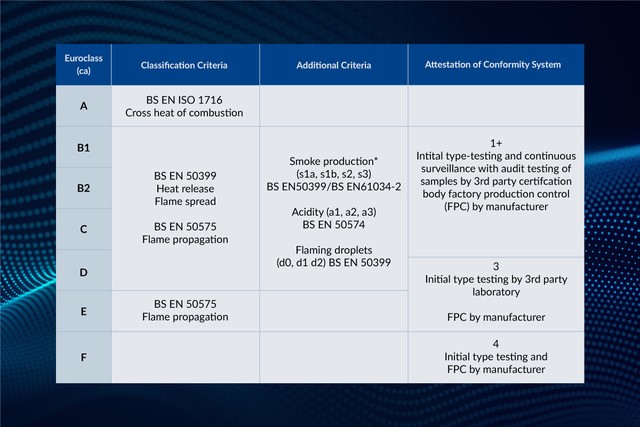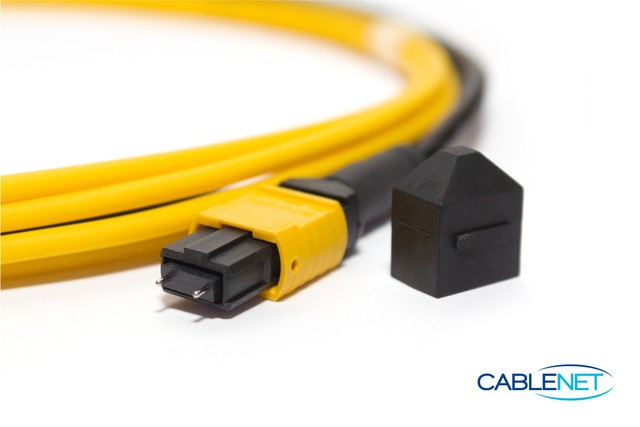CPR Compliant MPO Cabling
Exploring whether you do, or do not, need CPR compliant MPO cabling. Find out.
Fibre cabling has long been a bit of a grey area when it comes to the Construction Products Regulation (CPR).
At the very least, fibre cabling has been dogged with confusion and uncertainty about how it does or doesn’t operate within the remit of the CPR.
Permanent & Non-Permanent Fibre Cabling
The uncertainty arises from temporary and permanent cabling and what is and is not covered by the CPR.
Broadly speaking, if a cable – fibre or otherwise – is considered to be a permanent installation then in the UK it falls under the remit of the CPR. If the cable is not permanent, then it doesn’t.
For example, a patch lead connecting two panels is not considered permanent. It can be removed and replaced with ease, relatively speaking.
A patch lead which is within a wall is seen to be part of the building’s infrastructure and is permanent. This cable must be compliant with CPR regulations.
Fire Retardant Cabling
An aspect of the CPR pertains to the fire-retardant nature of cabling. The BS 6701 states that all new installation cabling must meet the requirements of EuroClass CCA.

Clearly, non-permanent cabling is not subject to such strict regulations. They’re not covered by the CPR.
Sort of.
The waters do get a little muddy here, if the fibre cabling is intended to be used where “pathways are hidden or to which access is limited” then it is considered a ‘cable intended for installation'.
A cable intended for installation is governed by the CPR and must meet all the requirements discussed above.
Herein lies the issue.
MPO Cabling That Is CPR Compliant
As MPO cabling is inherently non-permanent, it follows to reason that the cabling on the market does not meet the requirements laid out by the CPR. This becomes difficult if you’re using the cables in a manner which would be considered a ‘cable intended for installation’.
This is where CPR compliant cabling comes in.
A cable jacket which meets the strict standards laid out by the CPR and is covered by BS7601 used in conjunction with the MPO cabling, allows your fibre connector to be used as a cable intended for installation.

Fire Safety with Fibre Cabling
Installing MPO cabling with a CPR compliant trunking has clear benefits. From a fire safety perspective, all the requirements pertaining to LSOH, and fire retardation are met. This helps to mitigate the risk should the absolute worst happen.
Aside from the fire safety elements, using cabling of this nature offers you flexibility. A system which uses CPR compliant cabling becomes that little more future proof should:
- Regulations change in the future
- Should the infrastructure of the system change, and the cable becomes intended for installation
This is precisely why we are offering this as an option on all our MPO solutions. If you’re concerned about fire safety or are in danger of falling foul of the CPR, it’s far better to err on the side of caution and look to a CPR compliant MPO cable.
